New Discovery Offers a Way to Truly Reverse Osteoporosis
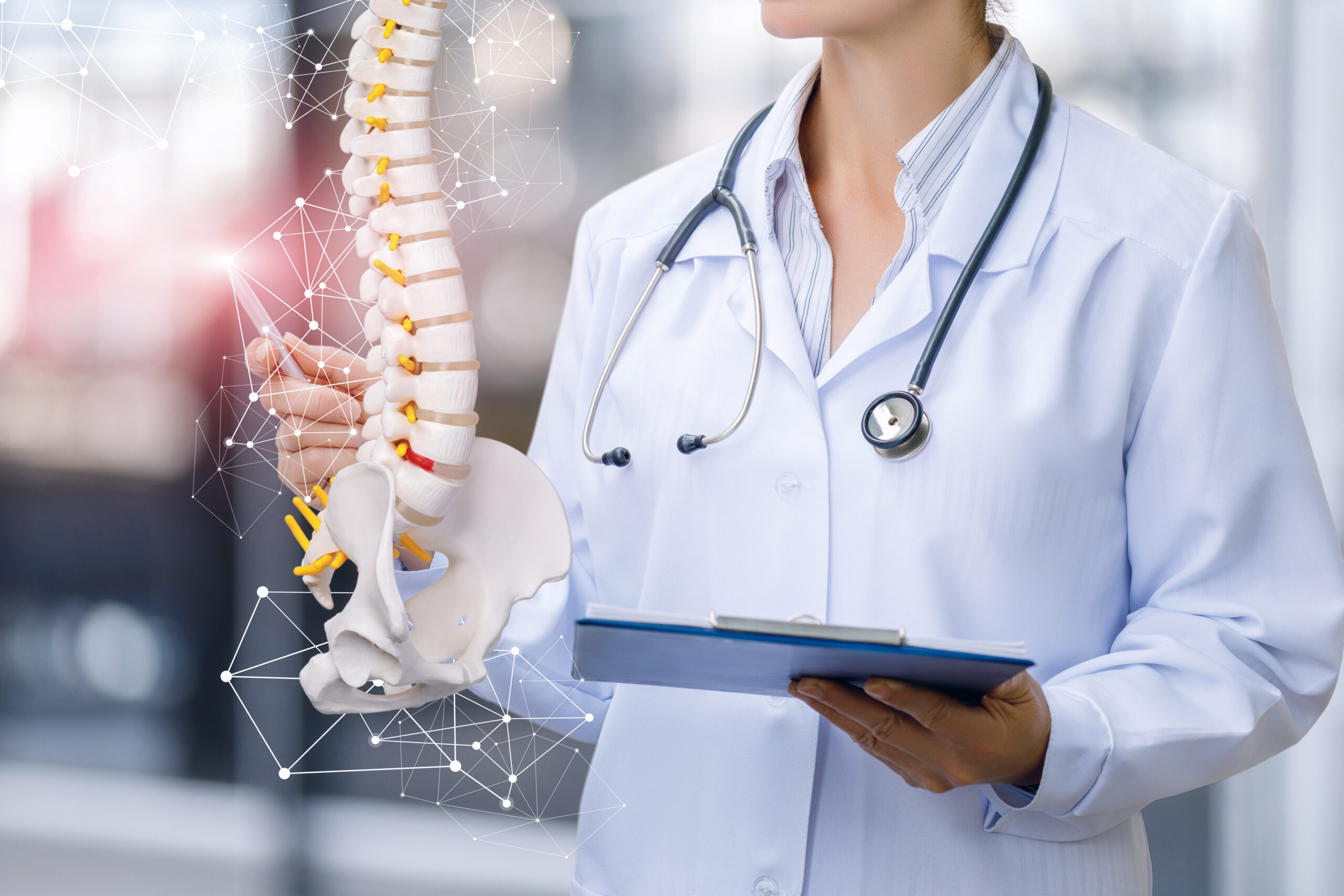
Imagine your bones, the very frame that holds you up, slowly becoming as fragile as glass. That’s osteoporosis. It’s often called a “silent thief” because it weakens you from the inside, so quietly that a simple hug could one day break a bone. For years, the best we could do was slow this thief down. But what if we could stop it? What if we could actually rebuild what’s been stolen? New research has found a hidden switch in our bodies that might let us do just that, offering a future where we don’t just manage bone loss, but truly reverse it.
Your Bones Are Alive and Always Changing
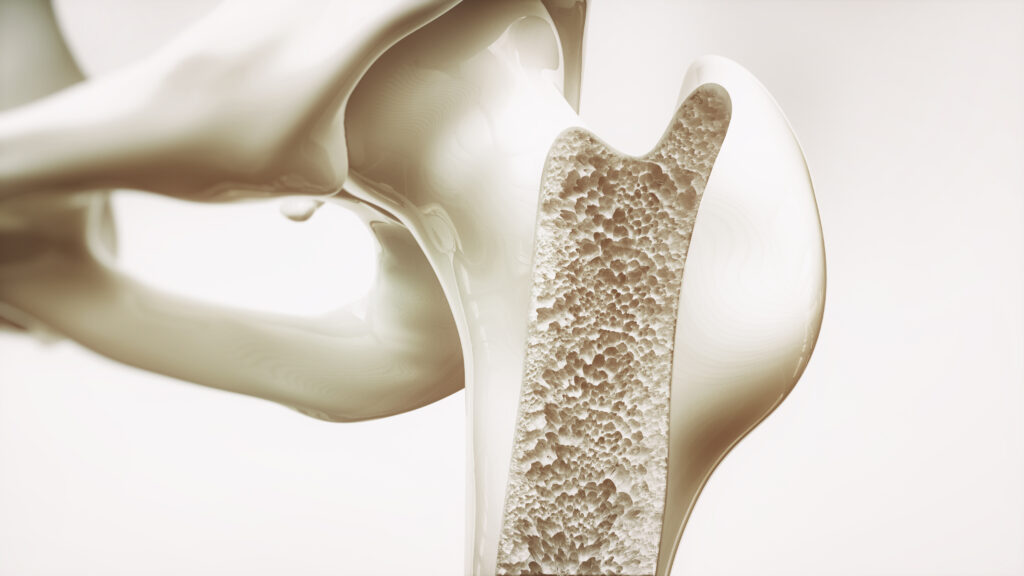
It’s easy to think of your skeleton as a fixed, lifeless structure, like the frame of a house. But in reality, your bones are living organs, constantly rebuilding themselves in a process called remodeling.
Think of it like a never-ending roadwork project happening across a massive city. You have two main crews of cells: the “demolition crew” (osteoclasts) that expertly clears away old, worn-out sections of bone, and the “building crew” (osteoblasts) that follows behind, laying down a fresh, strong matrix that becomes new bone. This constant cycle is essential, allowing your skeleton to repair the tiny stress fractures that happen every day and adapt to the forces of your life.
In a healthy body, these two crews work in perfect, harmonious balance. For every bit of old bone the demolition crew removes, the building crew lays down an equal amount of new bone, keeping the city’s infrastructure sound.
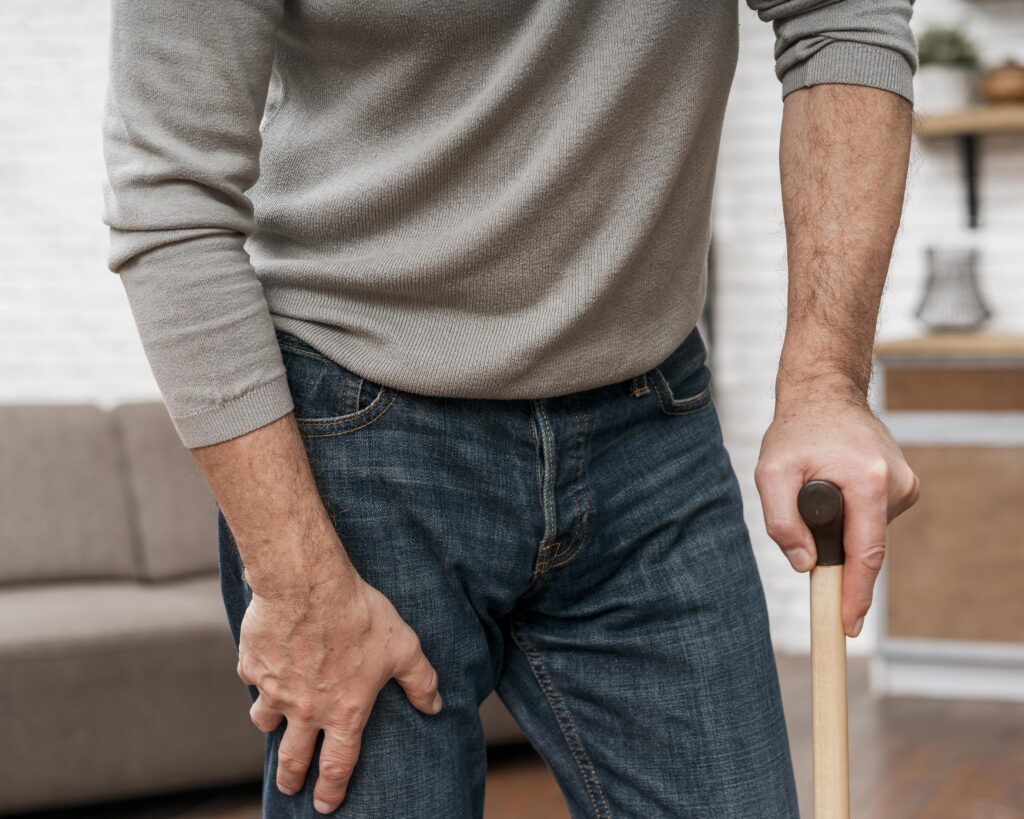
But with osteoporosis, this delicate balance is shattered. Due to factors like aging or hormonal shifts, the demolition crew gets supercharged and starts working much faster than the builders can keep up. More bone gets broken down than is rebuilt, and your skeleton’s internal support structure becomes thin, porous, and incredibly fragile. This isn’t just a minor issue; it means the risk of a life-altering fracture from a simple fall, a cough, or even bending over to tie your shoes becomes dangerously high.
For a long time, medicines have focused on a single strategy: either handcuffing the demolition crew or giving the builders a temporary boost of energy. This new discovery, however, targets the project manager in charge of both crews, restoring the balance from the top down.
The Body’s Blueprint for Strong Bones
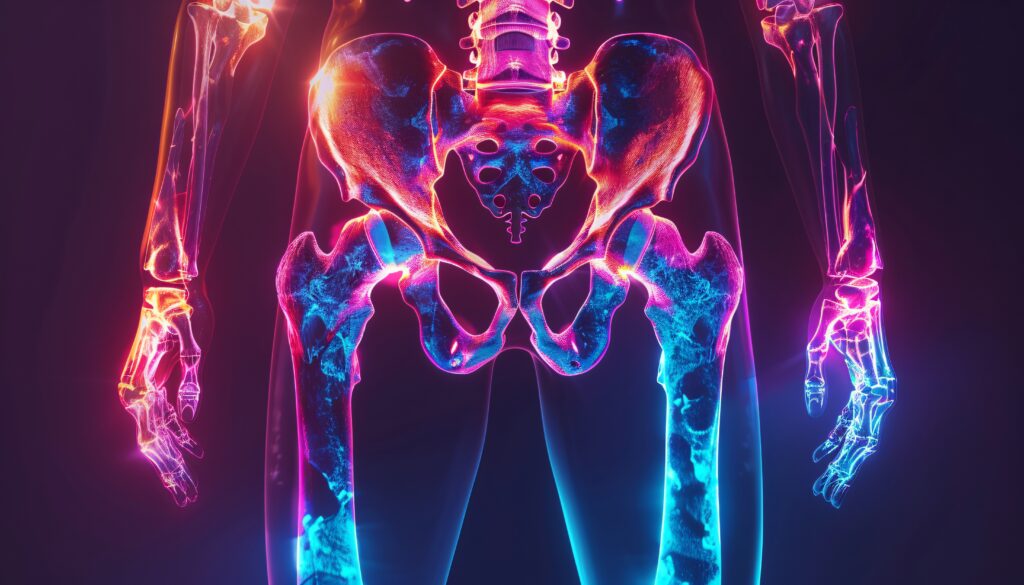
The big breakthrough is the discovery of a special sensor on our bone-building cells, called GPR133. This isn’t just a simple on/off switch; it’s a “smart sensor” that intelligently listens and responds to the body’s needs in two crucial ways, acting as the master controller for skeletal strength.
First, it directly senses physical force. This is the deep science behind why weight-bearing exercise is so vital for bone health. Every step you take, every stair you climb, and every bag of groceries you lift sends a physical pressure wave through your skeleton. The GPR133 sensor picks up on this mechanical stress and translates it into a direct command for the building crew: “Reinforce this area!” It’s the body’s own natural feedback system for intelligently making the structure denser and stronger precisely where it’s needed most.
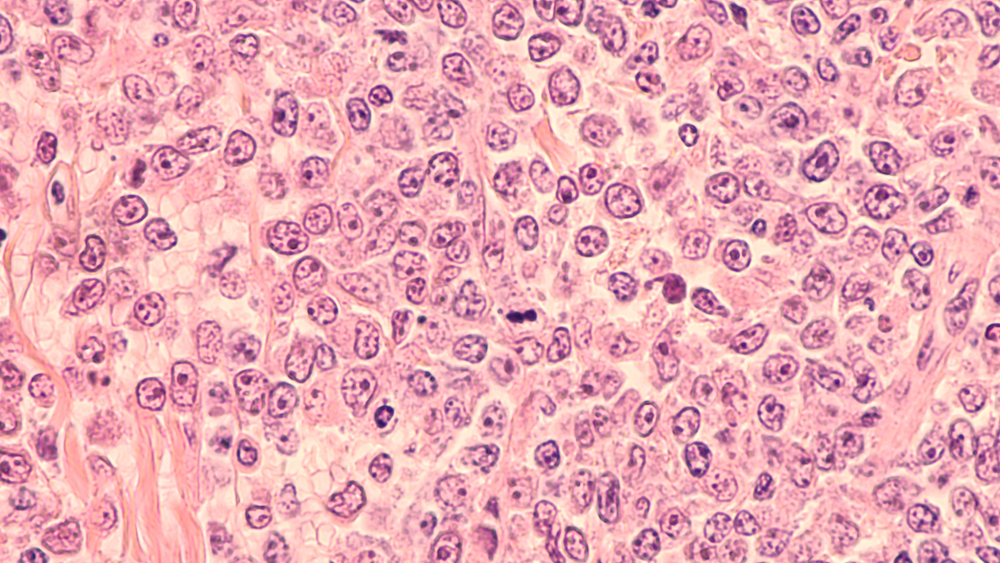
Second, this sensor also listens to chemical messages from other cells around it, acting like a cellular communication tower. This allows it to coordinate the massive bone-rebuilding project across the entire skeleton, ensuring the process is balanced and uniform, not just a series of random patch jobs. Scientists confirmed its vital role by observing mice. In a pivotal experiment, they removed the GPR133 sensor only from the mice’s bone-building cells, and the animals quickly developed osteoporosis. This proved the sensor isn’t just a minor player; it is the essential linchpin for keeping bones strong and healthy. Its absence was enough to bring the whole system crashing down.
A Special Key to Unlock Bone Growth
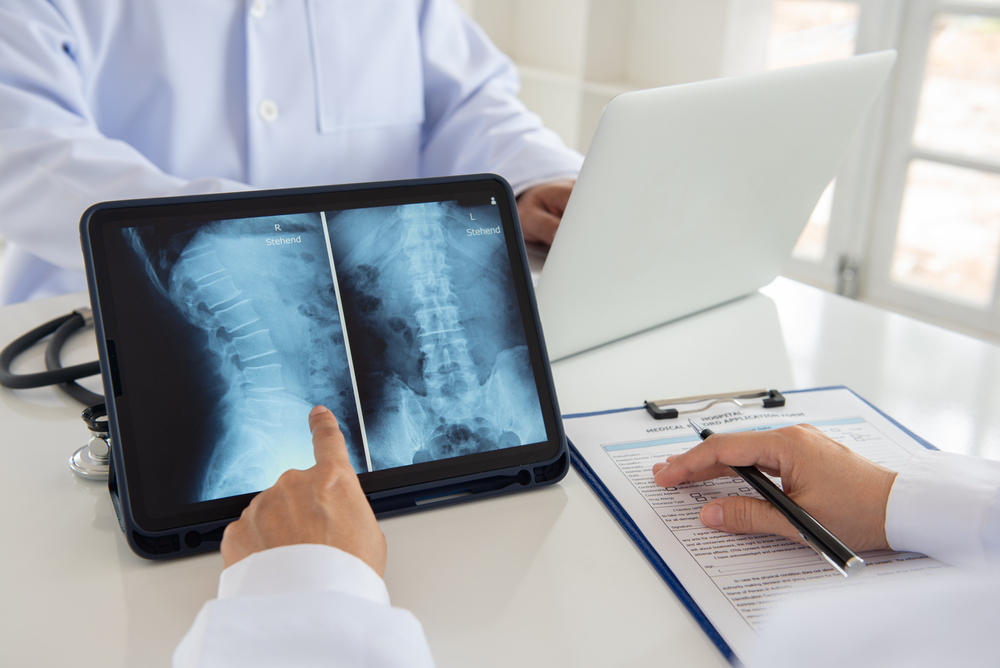
Finding the smart sensor was a monumental first step. The next was figuring out how to turn it on whenever we need to. Researchers found a small compound, called AP503, that acts like a special key designed for a unique lock. It fits perfectly into the GPR133 sensor and turns it on, kickstarting the bone-building process just as powerfully as intense exercise does.
The team tested this key on mice that already had severe osteoporosis, wanting to see if it could reverse the damage that was already done. The results were incredible. The treatment didn’t just stop the disease; it actively rebuilt the mice’s skeletons from the inside out. Their bones became stronger and denser, almost as if they never had the disease at all.
Even better, when they combined the molecular “key” with a physical key (exercise), the bone-building effect was even stronger. And because this sensor also helps build muscle, a future treatment could potentially fight both bone loss and muscle weakness at the same time. This would be a game-changer, tackling the two main causes of frailty that lead to devastating falls and fractures as we age.
The Everyday Habits for Lifelong Bone Strength
That future might feel far away, but the power to build a stronger you isn’t. The science itself whispers a truth we all know deep down: our bodies listen. They respond to how we treat them. Building strength isn’t something that just happens to you; it’s a partnership you choose to be in, every single day.
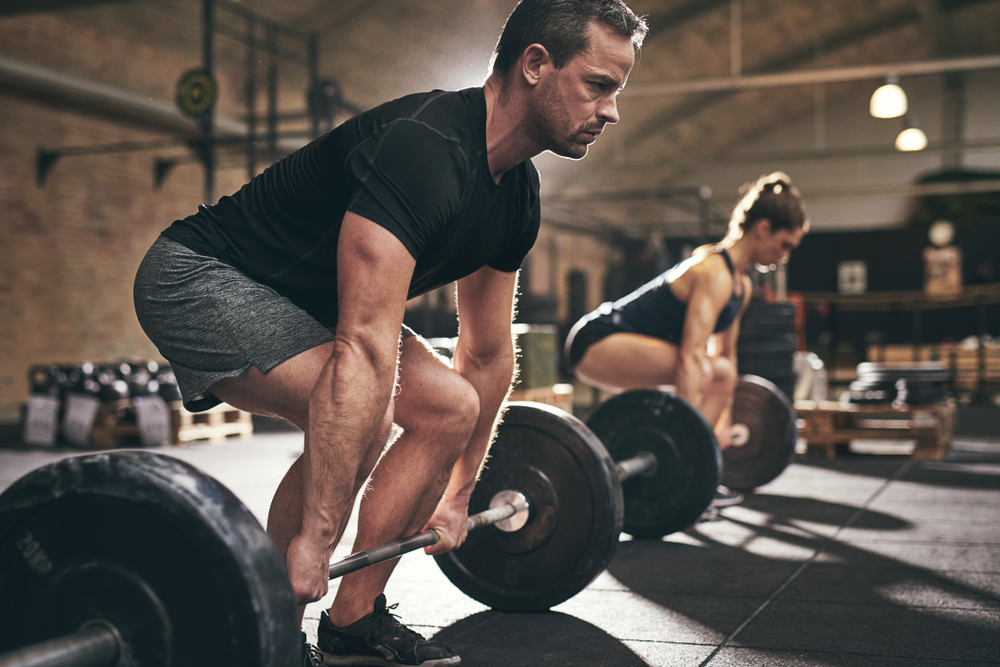
- Embrace Weight-Bearing Movement. When you walk, dance, or lift something heavy, you’re not just moving your limbs. You’re sending a physical signal deep into your bones that tells them, “We need to be strong.” It’s a direct conversation with your cells, a request for reinforcement.
- Fuel Your Bones with the Right Nutrients. Just like any construction crew, your internal builders need the proper supplies. Calcium and Vitamin D are the steel and concrete for your skeleton. Giving your body leafy greens, dairy, or some sunlight isn’t just about eating or being outside. It’s about stocking your construction site with everything it needs to build a resilient, unbreakable you.
- Commit to a Bone-Healthy Lifestyle. Ultimately, it comes down to a choice. Every meal, every walk, every decision to take the stairs is a vote you cast for a stronger future. It’s about seeing yourself as a partner with the incredible, self-healing power that already lives inside you.
A New Way of Thinking About Our Health
This research offers a powerful beacon of hope, but it’s important to remember this is still an early step on a very long journey. A new medicine must pass through many years of rigorous testing in human clinical trials to ensure it is both safe and effective before it can become available to everyone.
Still, the significance of this discovery is about more than just one potential drug. It represents a whole new way of looking at aging and health itself. It’s a shift from reactive to proactive care. For too long, we have focused on simply managing the problems that come with getting older. This research points to a future where we can work with our body’s natural ability to heal and renew itself before a crisis hits.
The ultimate goal is no longer just to add more years to our life, but to add more life, vitality, and strength to our years. It’s about elevating our “healthspan,” not just our lifespan. This breakthrough brings us one giant step closer to a future where we can all stand tall, on our own strong bones, living a full and active life for a lifetime.
Source:
- Lehmann, J., Lin, H., Zhang, Z., Wiermann, M., Ricken, A. M., Brinkmann, F., Brendler, J., Ullmann, C., Bayer, L., Berndt, S., Penk, A., Winkler, N., Hirsch, F. W., Fuhs, T., Käs, J., Xiao, P., Schöneberg, T., Rauner, M., Sun, J., & Liebscher, I. (2025b). The mechanosensitive adhesion G protein-coupled receptor 133 (GPR133/ADGRD1) enhances bone formation. Signal Transduction and Targeted Therapy, 10(1). https://doi.org/10.1038/s41392-025-02291-y
Loading...

